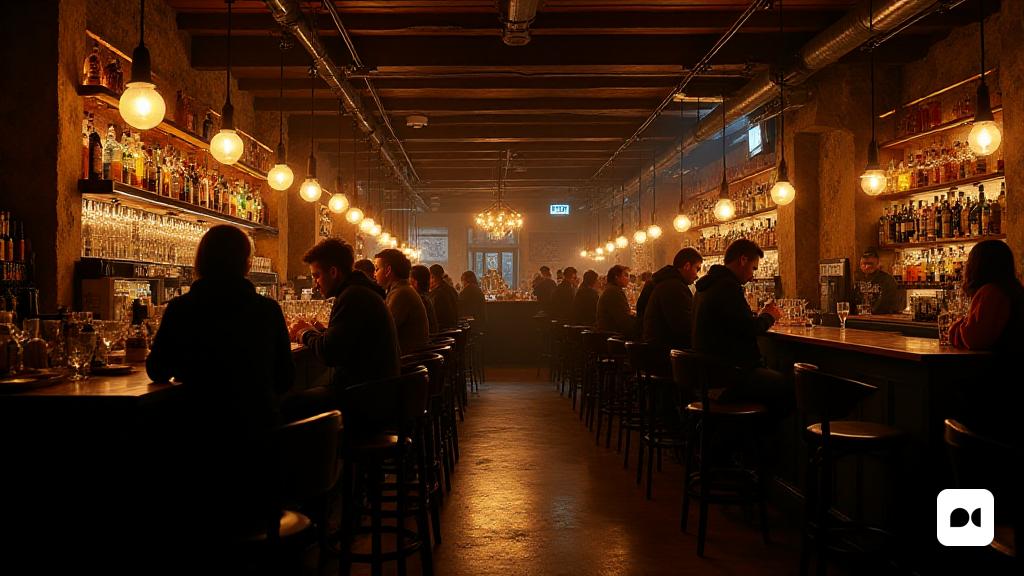Housing: an emerging priority in Catalonia
A recent study by the Center for Opinion Studies (CEO) revealed that housing has become the main concern of Catalan citizens. This concern has reached an unprecedented level since 2007, before the outbreak of the financial crisis.
The Government’s commitment to an expanded housing stock
The minister for Territory, Housing and Ecological Transition, Sílvia Paneque, has set out an ambitious plan: to increase the public housing stock by 50,000 units until 2030. This strategy seeks that, within two decades, 15% of housing in Catalonia they are publicly owned.
Debate on affordable housing: Ateneu CRÍTIC
Recently, the Ateneo CRÍTIC has served as a platform for debate on the challenges of affordable housing. In this space, Roger Palà has interviewed experts such as Jordi Mas, an architect with a long career in urban planning, who has shared innovative ideas to tackle the housing crisis.
Strategies for affordable housing
Financing for affordable rentals
According to Jordi Mas, the Government has tools to facilitate access to housing through low-interest loans for developers who want to develop affordable rental housing. This will allow rentals to arise gradually and sustainably.
Private sector transformation
Mas highlighted that the new housing supply will not only come from new construction, but also from the conversion of private properties that are currently vacant. The aim is to make housing more accessible to the young population and families with fewer resources.
The challenge of public land
Access to public land for the construction of affordable housing presents significant difficulties. In the metropolitan region of Barcelona, it is estimated that 450,000 new homes will be needed by 2050, in a territory where a third of the land is already urbanized.
Cooperation between administrations
Coordination between the Generalitat and local councils is essential for the success of these policies. Jordi Mas stressed the need to join forces to ensure that housing initiatives are adapted to local needs.
Innovative alternatives: cooperative housing
Eva Ortigosa, from the Sostre Cívic cooperative, has proposed cooperative housing as a viable solution. This model, based on collective ownership and the transfer of use, seeks to avoid speculation and guarantee sustainable access to housing.
The role of public support
Ortigosa highlighted that to consolidate cooperative housing, it is essential that administrations promote this model and recognize its social value. Currently, Catalonia has more than 400 cooperative housing units, with the expectation of reaching more than a thousand in the coming years.
Reflections on the future of housing in Catalonia
The combination of public policies, the increase in affordable housing and collaboration between public and private sectors will be key to addressing the housing crisis. Sustainability and energy efficiency will also be central elements in the construction of future housing in Catalonia.

